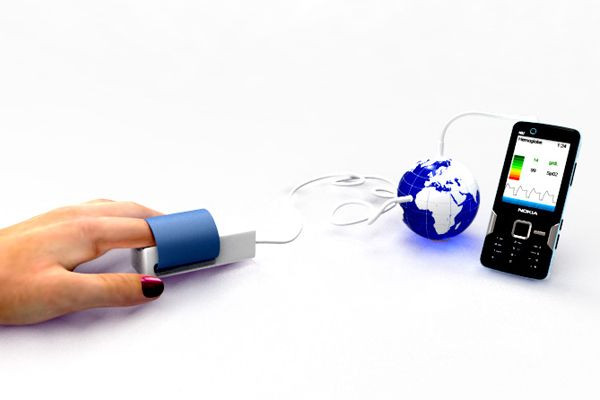Undergrads Are Pioneering New Ways To Detect Anemia In Developing Countries

John Hopkins University biomedical undergraduates are pioneering a new noninvasive way to diagnose women and children with anemia-related conditions in developing nations.
Those who are anemic suffer from a lack of healthy red blood cells. These red blood cells are vital to transporting oxygen throughout the body. Mothers who are anemic may face complications during pregnancy and child birth. Additionally children who are born anemic may face serious health problems.
The low-cost screening device would include a "prick-free" method. Individuals would place their fingertip on the device's sensors pad, where wavelengths of light through the skin to measure the hemoglobin levels in the blood. If one is detected to be anemic then physicians will take the following procedures on treatment, which can range from iron supplements and/or visiting a clinic or hospital for protective measures.
According to international health experts, anemia-related health conditions account for 100,000 maternal deaths and 600,000 newborn deaths per year. Soumyadipta Acharya, an assistant research professor in Johns Hopkins' Department of Biomedical Engineering and the project's faculty advisor and principal investigator, believes the device will be able to lower the numbers of deaths.
At the Saving Lives at Birth: A Grand Challenge for Development competition, John Hopkins biomedical student inventors was awarded $250,000 to help develop this project. Only 12 contestants were awarded grants for their projects. The challenge included more than 500 contestants and was sponsored by global health organizations including the U.S. Agency for International Development and the Bill and Melinda Gates foundation.
The grant will assist the team to refine its technology and support field testing in the following year to come in Kenya by Jhpiego, a Johns Hopkins affiliate that provides global health training and services for women and their families. Jhpiego also sponsors the HemoGlobe project.
Students involved in the HemoGlobe project, were aiming to develop new ways to curb severe health issues in developing nations.
"The team members realized that every community health worker already carries a powerful computer in their pocket—their cell phone," Acharya said. "So we didn't have to build a computer for our screening device, and we didn't have to build a display. Our low-cost device will use the existing cell phones of health workers to estimate and report hemoglobin levels."
Published by Medicaldaily.com



























